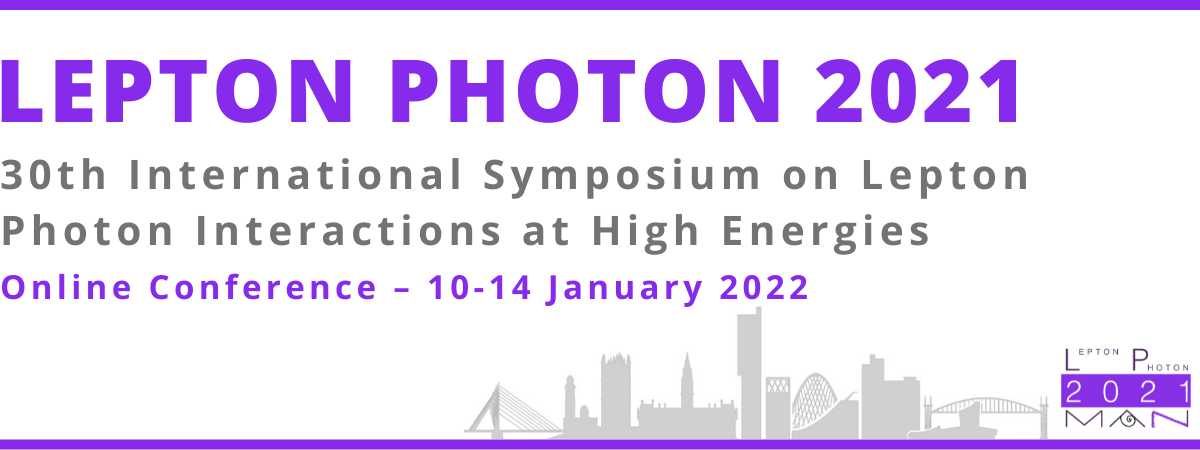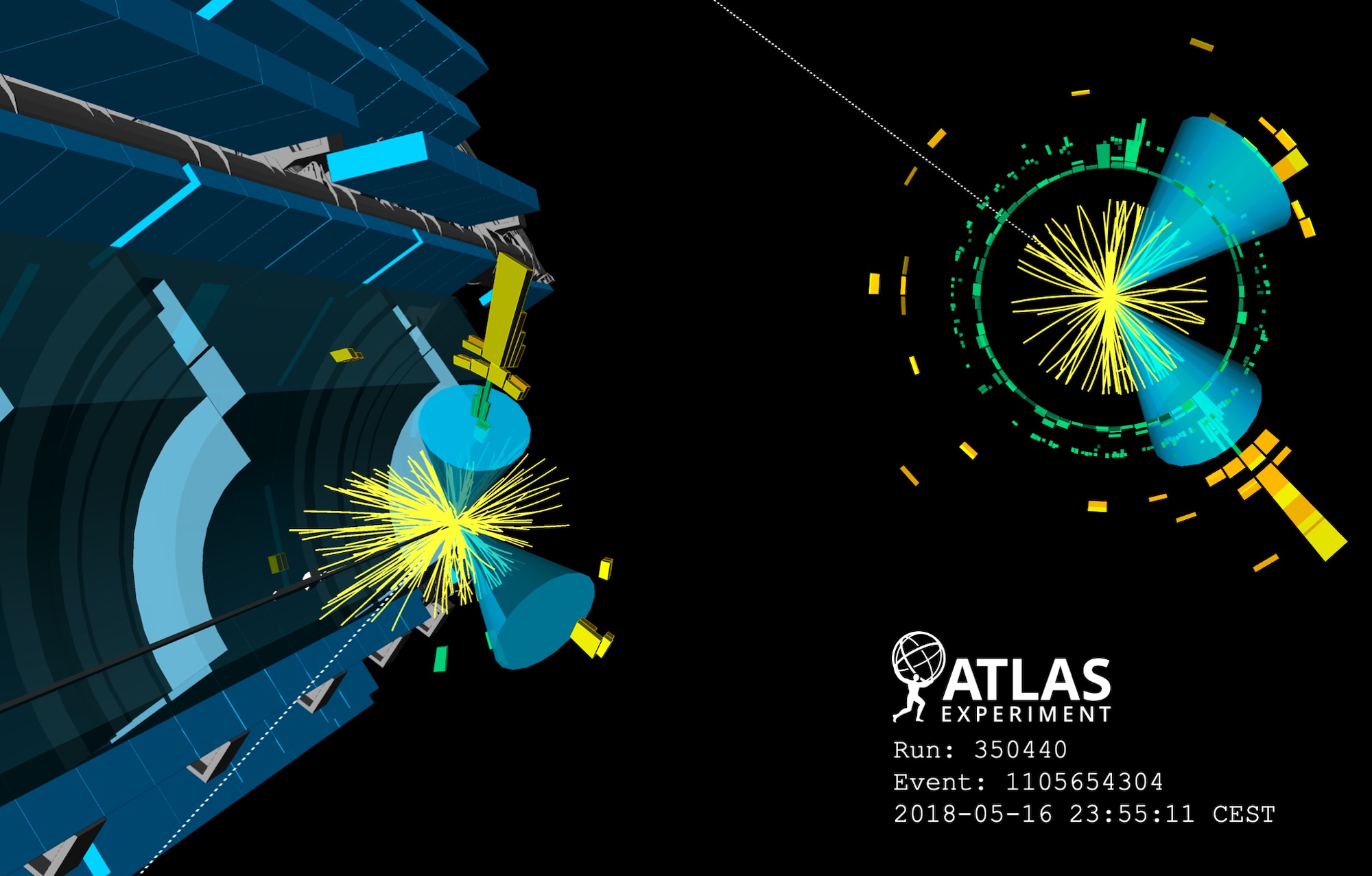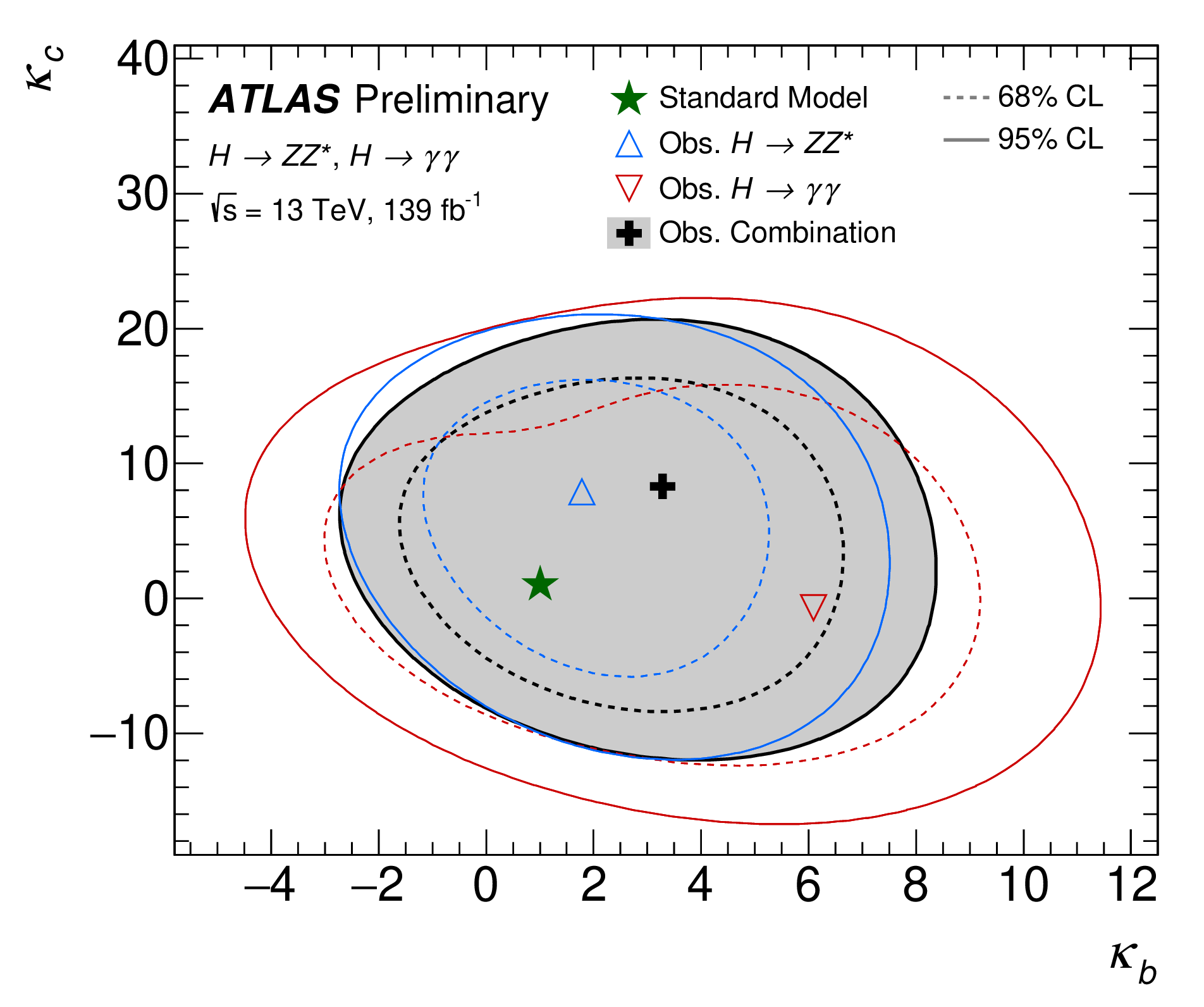Summary of new ATLAS results from Lepton Photon 2021
10 January 2022 | By

The winter conference season begins early this year! From 10 to 14 January 2022, physicists around the world will be attending the 30th International Symposium on Lepton Photon Interactions at High Energies (Lepton Photon 2021). Originally intended as an in-person event held in Manchester (UK), the conference has adopted an online-only format in response to the global COVID-19 situation.
In the tradition of this series of symposia, the Lepton Photon 2021 programme covers a wide range of topics of major interest to the particle physics community. These will span latest updates from current experiments, R&D towards future facilities, theoretical developments, and contributions on inclusion, diversity, and public engagement. Members of the ATLAS Collaboration have prepared several new results in anticipation of Lepton Photon 2021, which will be presented throughout the week.
Explore below the full list of new results and ATLAS Briefings released for the conference, which will be updated as the conference progresses. Follow the Lepton Photon 2021 tag for the latest updates.
Latest Lepton Photon 2021 Briefings
- Discovery channels join forces for detailed investigation of the Higgs boson, Physics Briefing, 11 January 2022
- ATLAS gives new insight into the internal structure of the proton, Physics Briefing, 12 January 2022
- ATLAS gives new insight into the internal structure of the proton, CERN update, 12 January 2022
New ATLAS results presented at Lepton Photon 2021
Standard Model
- Determination of the parton distribution functions of the proton using diverse ATLAS data from proton–proton collisions at 7, 8 and 13 TeV (arXiv:2112.11266; CERN-EP-2021-239)
Higgs boson
-
Combined measurement of the total and differential cross sections in the H→γγ and the H→ZZ*→4ℓ decay channels at 13 TeV with the ATLAS detector (ATLAS-CONF-2022-002)
Exotic New Physics
- Search for light long-lived neutral particles that decay to collimated pairs of leptons or light hadrons with the ATLAS detector in 139 fb−1 of data collected in proton–proton collisions at 13 TeV (ATLAS-CONF-2022-001)
- Search for single production of a vector-like T quark decaying into a Higgs boson and top quark with fully-hadronic final states using the ATLAS detector (EXOT-2019-07, CERN-EP-2021-249)



